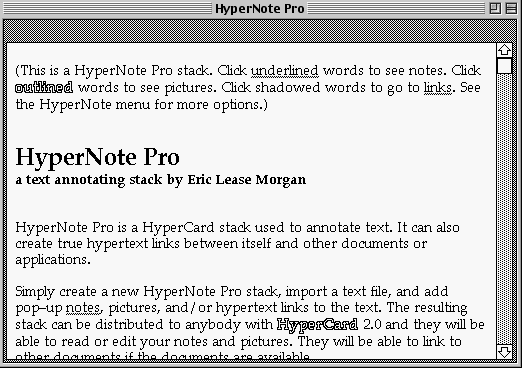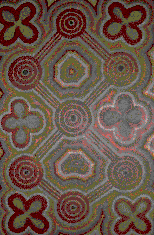I learned a new acronym a few weeks ago — TPM — which stands for “technological protection measures”, and in the May 2008 issue of College & Research Libraries Kristin R. Eschenfelder wrote an article called “Every library’s nightmare?” and enumerated various types of protection measures employed by publishers to impede the use of electronic scholarly material.
Types of restrictions
In today’s environment, where digital information is increasingly bought, sold, and/or licensed, publishers feel the need to protect their product from duplication. As described by Eschenfelder, these protections — restrictions — come in two forms: soft and hard.
Soft restrictions are “configurations of hardware or software that make certain uses such as printing, saving, copy/pasting, or e-mailing more difficult — but not impossible — to achieve.” The soft restrictions have been divided into the following subtypes:
- extent of use – page print limits; PDF download limits; data export limits; suspicious use tracking
- obfuscation – need to select items before options become available
- omission – not providing buttons or links to enact users
- decomposition – saving document results in many files, making recreating or e-mailing the document difficult
- frustration – page chunking in e-books
- warning – copyright warnings; end-user licenses on startup
Hard restrictions are “configurations of software or hardware that strictly prevent certain uses.” The hard restrictions have been divided into the following subtypes:
- restricted copy and paste OCR – OCR exposed for searching, but not for copying and pasting of text
- secure container TPM – use rights vary by resource
To investigate what types of restricts were put into everyday practice Eschenfelder studied a total of about seventy-five resources from three different disciplines (engineering, history, art history) and tallied the types of restrictions employed.
Salient quotes
A few salient quotes from the article exemplify Eschenfelder’s position on TPM:
- “This paper suggests that the soft restrictions that are present in licensed products may haver already changed user’s and librarian’s expectations about what the use rights they ought to expect from vendors and their products.” (Page 207)
- “One concern is that the library community has already accepted many of the soft use restrictions identified in this paper.” (Page 219)
- “[Librarians] should also advocate for removal of use restrictions, or encourage new vendors to offer competing restriction-free products.” (Page 219)
- “A more realistic solution might be a shared knowledge base of vendor interfaces and known use restrictions.” (Page 219)
- “The paper argues that soft use restrictions deserve more attention from the library community, and that librarians should not accept these restrictions as the natural order of things.” (Page 220)
My commentary
I agree with Eschenfelder.
Many people who work in libraries seem to be there because of the values libraries portray. Examples include but are not limited to: intellectual freedom, education, diversity, equal access to information, preservation of the historical record for future generations, etc. Heaven know, people who work in libraries are not in it for the money! I fall into the equal access to information camp, and that is why I advocate things like open access publishing and open source software development.
TPM inhibits the free and equal access of information, and I think Eschenfelder makes a good point when she says the “library community has already accepted many of the soft use restrictions.” Why do we accept them? Librarians are not required to purchase and/or license these materials. We have choice. If much of the scholarly publishing industry is driven by the marketplace — supply & demand — then why don’t/can’t we just say, “No”. Nobody is forcing us spend our money this way. If vendors don’t provide the sort of products and services we desire, then the marketplace will change. Right?
In any event, consider educating yourself on the types of TPM and read Eschenfelder’s article.




